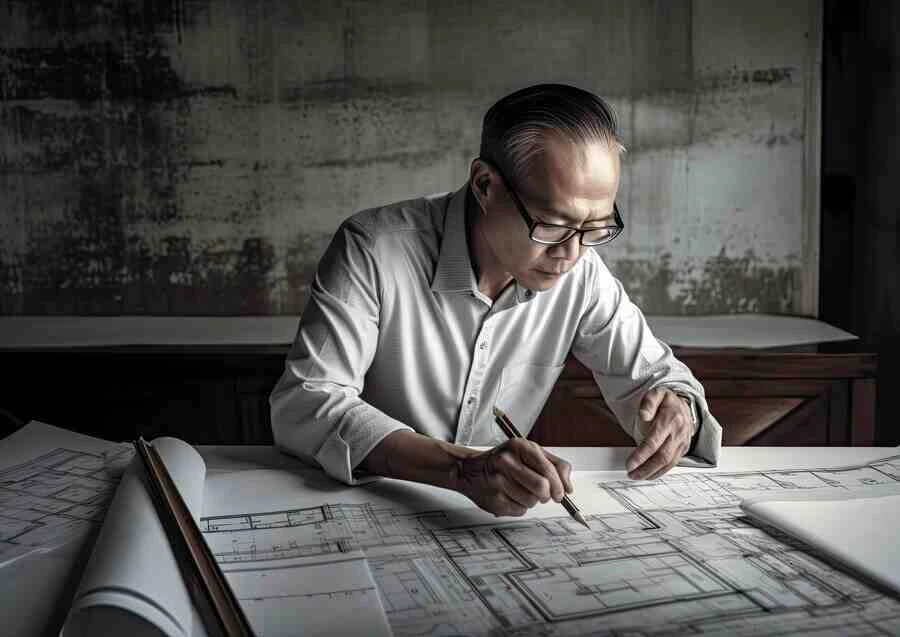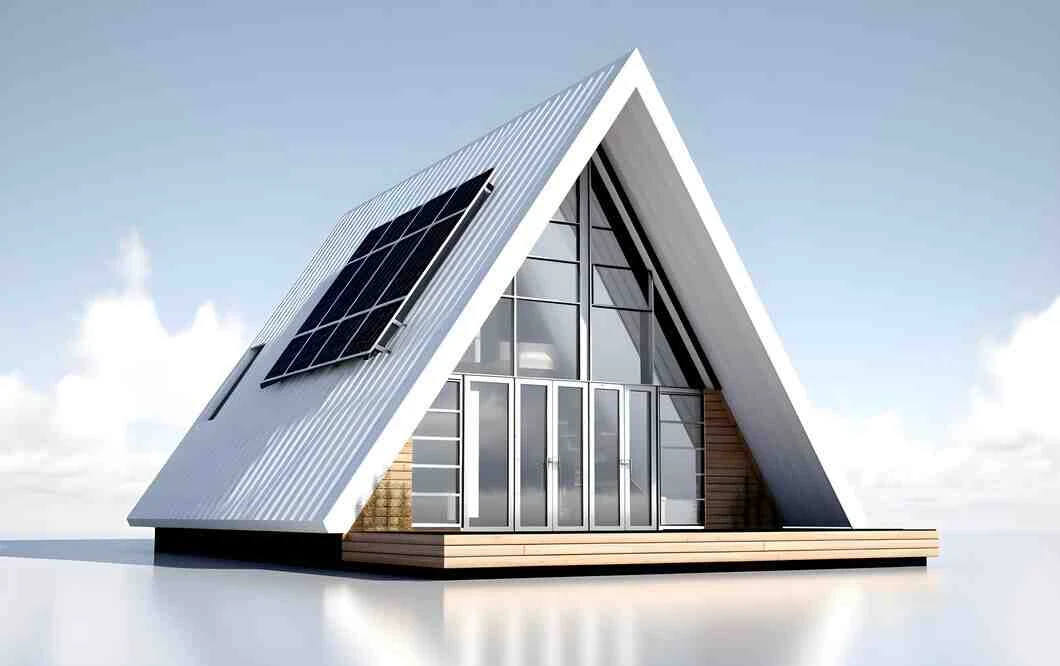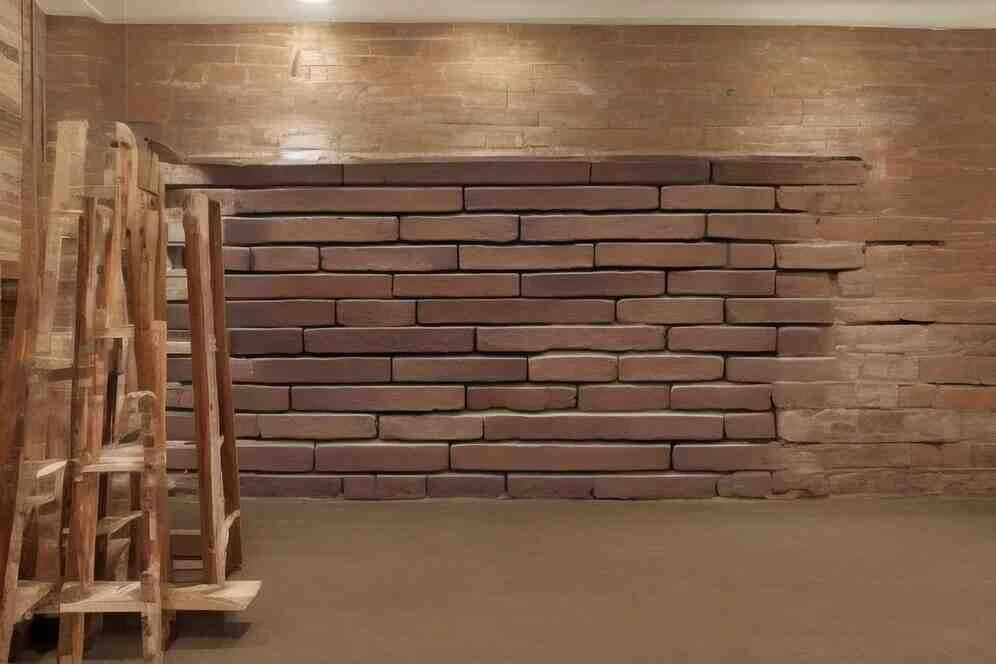
Understanding the Architectural Design Process: From Concept to Completion
Stage 1: Conceptualization and Programming
The journey of architectural design begins with a spark of inspiration and a clear understanding of the project"s purpose. This stage lays the groundwork for the entire process.
1.1. Project Vision and Goals: The initial step involves defining the project"s vision and objectives. This includes understanding the client"s needs, budget constraints, and the intended use of the structure.
1.2. Site Analysis: Architects assess the site"s characteristics, including topography, climate, vegetation, and neighboring structures. This analysis influences design decisions.
1.3. Programming: Architects work closely with clients to establish a program, which outlines the functional requirements and spatial relationships needed in the design. This program becomes the blueprint for the project.
Stage 2: Schematic Design
With a clear understanding of the project"s goals, the architectural design process moves into the schematic design phase, where creative concepts are explored and refined.
2.1. Concept Development: Architects generate multiple design concepts, exploring various forms, layouts, and aesthetics. This phase encourages creativity and innovation.
2.2. Initial Drawings and Sketches: Preliminary sketches, diagrams, and drawings are created to visualize design ideas. These drawings help convey the concept to the client.
2.3. Client Feedback: Architects collaborate with clients to gather feedback and refine the design concept. Adjustments are made based on the client"s preferences and needs.
Stage 3: Design Development
Once the schematic design is approved, it is further developed and detailed in this stage.
3.1. Refinement of Design Elements: Architects focus on refining the chosen design, considering structural, mechanical, and other technical aspects.
3.2. Detailed Drawings: Detailed architectural drawings, including floor plans, elevations, and sections, are created to illustrate the design"s specifics.
3.3. Material Selection: Architects select appropriate materials and finishes, considering aesthetics, functionality, and sustainability.
Stage 4: Construction Documents
This stage involves creating comprehensive construction documents that serve as the project"s legal and technical blueprint.
4.1. Technical Specifications: Architects specify construction materials, methods, and quality standards in detail.
4.2. Building Codes and Regulations: Architects ensure that the design complies with local building codes, zoning regulations, and environmental standards.
4.3. Coordination with Consultants: Collaboration with structural engineers, electrical engineers, and other specialists is essential to ensure a holistic design.
Stage 5: Bidding and Contractor Selection
Once construction documents are complete, the project moves to the phase where contractors are invited to bid on the project.
5.1. Issuing Bids: The architect, along with the client, issues bid documents to qualified contractors.
5.2. Reviewing Bids: Contractors submit their proposals, which are reviewed by the architect and client. The selection of a contractor is based on factors like experience, cost, and timeline.
Stage 6: Construction Administration
With a contractor selected, the project transitions from design to physical construction.
6.1. Site Visits: The architect regularly visits the construction site to ensure that the project is being executed in accordance with the design documents.
6.2. Issue Resolution: The architect addresses any unforeseen issues or changes that may arise during construction, making necessary adjustments to maintain the design"s integrity.
Stage 7: Project Completion and Handover
As construction nears completion, the final stage focuses on ensuring the project is finished to the client"s satisfaction.
7.1. Final Inspections: The architect conducts final inspections to ensure that the construction meets quality and safety standards.
7.2. Client Orientation: The architect provides the client with documentation, operation manuals, and guidance on maintaining the structure.
7.3. Project Handover: Upon successful completion and approval, the project is handed over to the client, marking the end of the architectural design process.
Conclusion
The architectural design process is a dynamic journey from concept to completion, involving creativity, technical expertise, collaboration, and attention to detail. It"s a process that shapes the world around us, from iconic landmarks to cozy homes. Understanding each stage of this process is essential for clients, architects, and anyone interested in the world of architecture. By appreciating the intricacies of architectural design, we gain a deeper insight into the art and science of building spaces that inspire and serve our needs.











